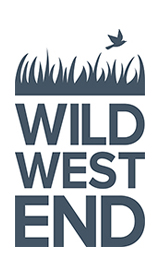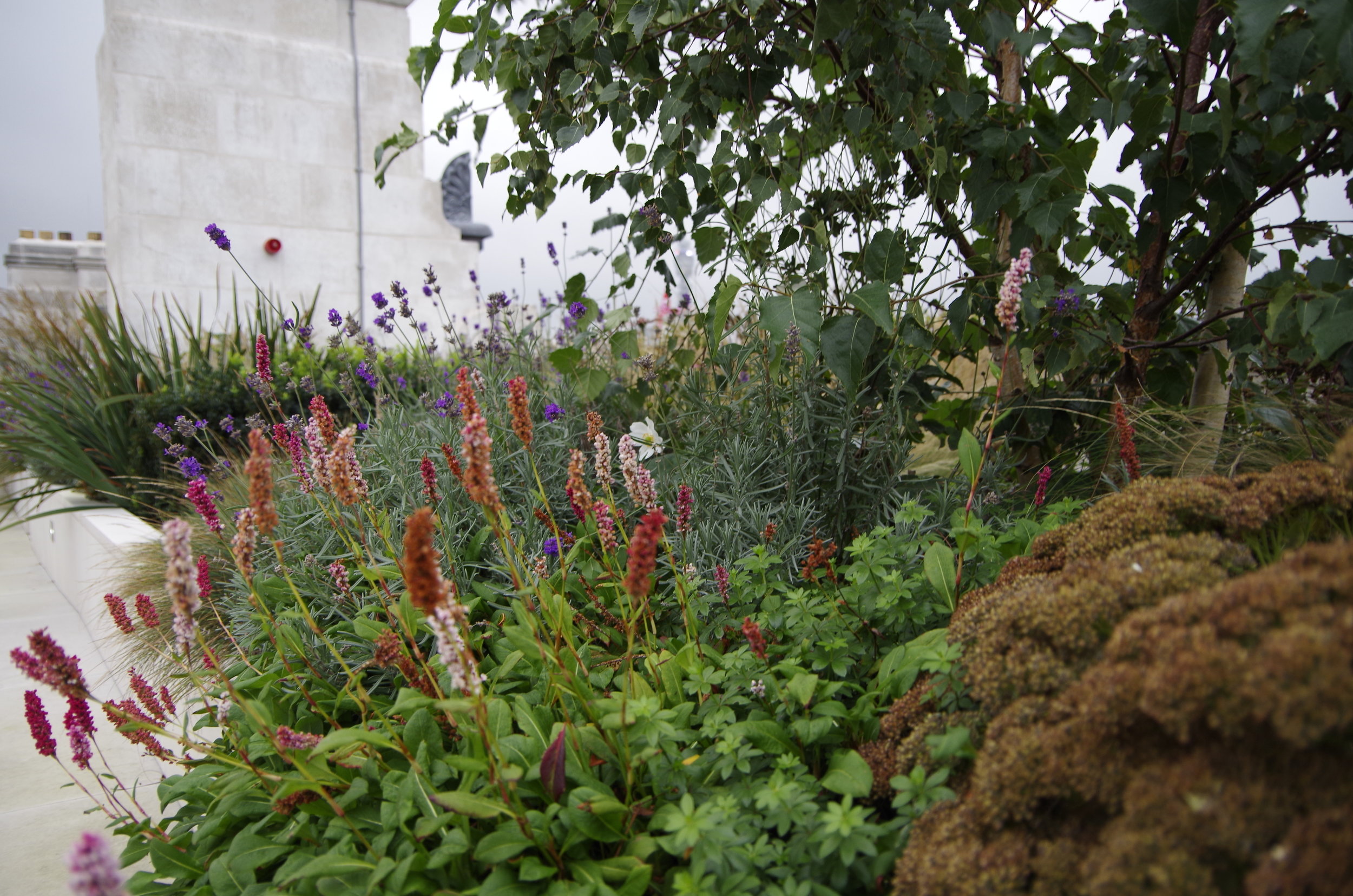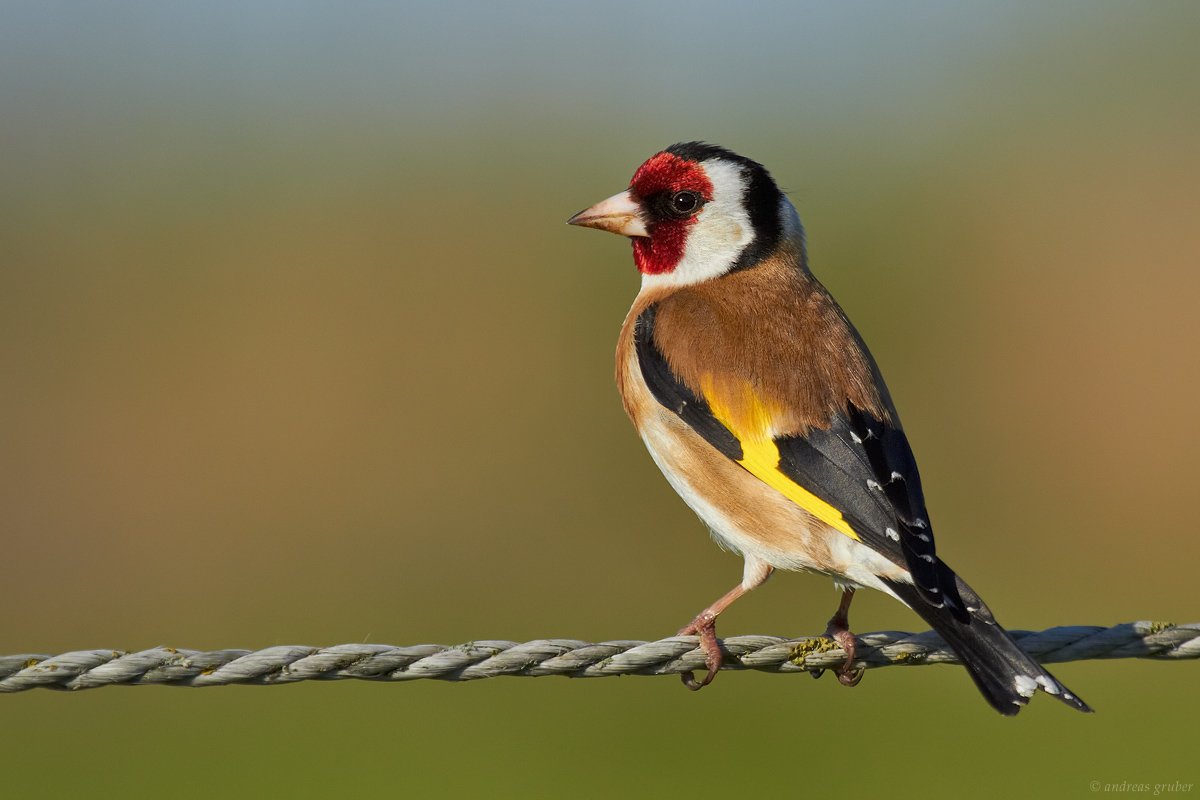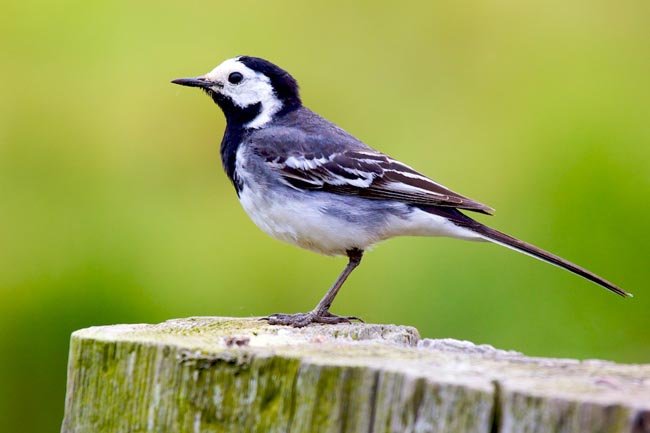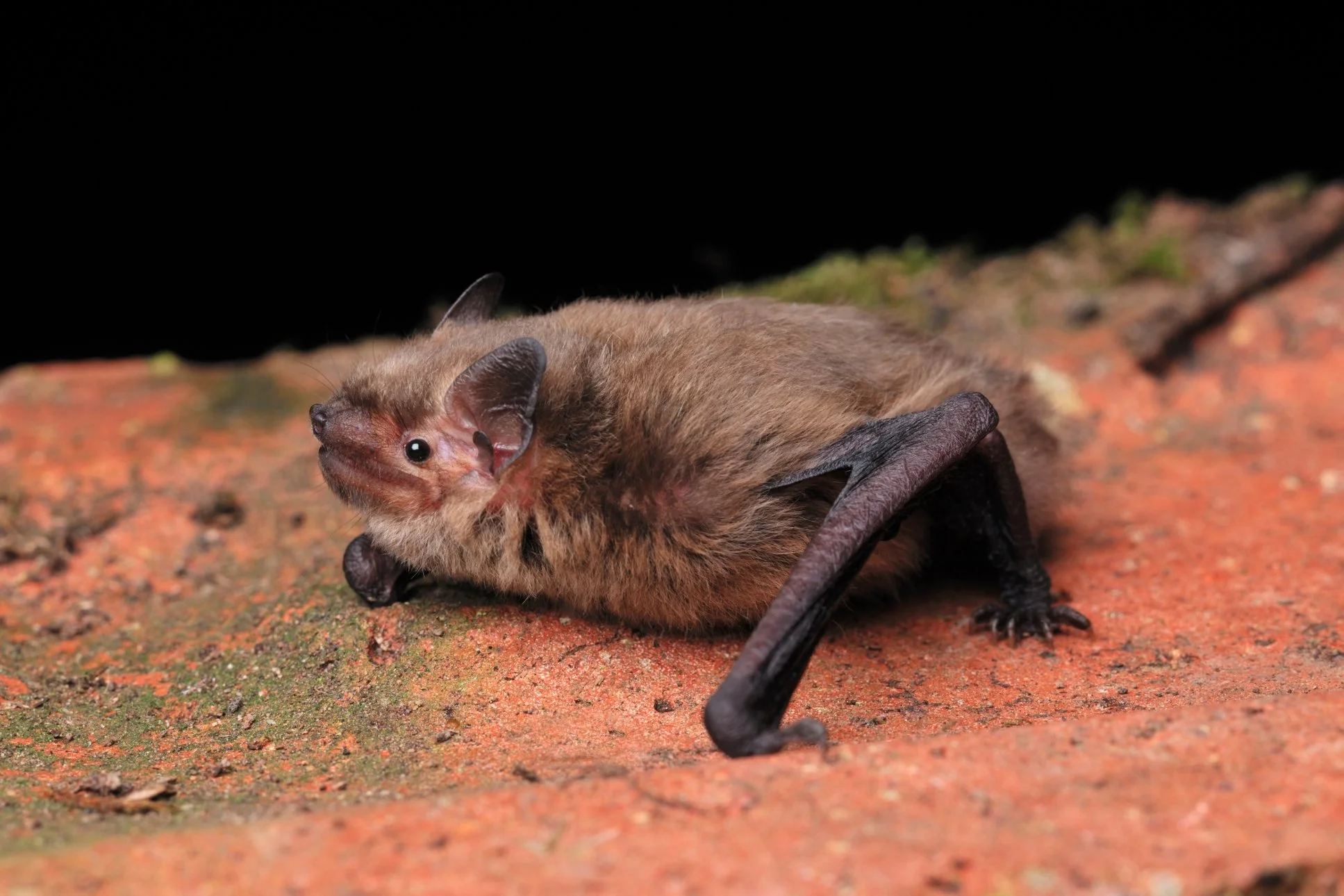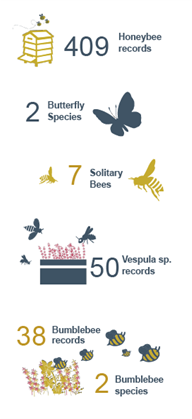Monitoring
How the West End has changed for the better since Wild West End began
Wild West End works in collaboration with partners to increase the area and quality of green space within the West End. We have been tracking progress against three main objectives; to improve the wellbeing of residents, workers and visitors through increased connections to green space and nature; to enhance biodiversity and ecological connectivity; and to raise awareness and promote the benefits of green infrastructure to inspire others to participate and create similar initiatives.
Improving wellbeing of residents, workers, and visitors
Wild West End is succeeding in its aims to improve wellbeing through increased connections to greenspace and nature. Wild West End partners have hosted multiple community events including Bees Needs Week and Regent’s Park Allotment Club. These events allow the wider community to come together and engage in social activity whilst spending time in green spaces.
Since the inception of Wild West End, there has also been a 13% increase in area of accessible green space within the Wild West End study area, making green space more inclusive and valuable to more members of the community.
Enhancing biodiversity and Ecological Connectivity
Wild West End aims to increase green space, encourage biodiversity, and increase habitat connectivity. Monitoring results from 2021 showed a 33%* increase in areas of green space over 100m2 compared to the baseline 2016 surveys now within the Wild West End network. There has also been a 16.6% increase in area of green roof coverage compared to 2018, and 13.75% increase in water attenuated on roofs within the WWE network. More detail on biodiversity statistics for flora and fauna are included in the 2021 monitoring section below.
* Area statistics are due to a combination of new space installation and new partners joining Wild West End
Raise awareness and promote the benefits of green infrastructure
Wild West End and partners have successfully been promoting the importance of green spaces and infrastructure, working to inspire others to follow in the direction of a greener London. This has included press promotion, an interactive website, social media, the Wild West End Film, case studies, the development of guidance, and engagement at events.
Wild West End also hosted a number of partner and community events in 2020/21 to raise awareness of the benefits of urban greening on biodiversity, visitors, workers and residents. These were adapted to be held virtually so that this knowledge sharing and promotion could be held despite the pandemic.
Learn more about how we monitor the Wild West End
Why monitor green space?
Wild West End seeks to enhance ecological connectivity between the existing areas of surrounding parkland through installations such as green roofs, green walls, and planters. To monitor the value and function of these installations, baseline surveys were completed in 2016. These surveys provided a baseline from which to assess the progress being made through Wild West End and have since been followed up with surveys in 2018 and 2020-2021. It is intended that surveys will be repeated every two years to provide an indication of changes to the condition of the green space in the area, and its use by target species.
Our monitoring processes
Monitoring began in 2016 and occurs every two years to monitor target species and installed and enhanced features. The monitoring process aims to replicate the surveys carried out in 2016 to ensure that data is comparable to the baseline and enable progress to be tracked.
Wild West End adopts the Preliminary Ecological Appraisal methodology for green spaces*. This assesses areas over 100 sqm for the relative abundances of the different species of flora.
All green spaces and features are assessed for their value, according to the Wild West End ‘Definition of valuable green space by function’ matrix, and categorised to quantify their potential natural capital. Features are categorised by their area and broad habitat/feature type.
For the purposes of monitoring, Wild West End employs the following green space typologies:
· Sustainable drainage
· Pocket parks
· Temporary green space
· Terrace planters
· Green Streets
· Indoor greening
Garden square
Allotments
Intensive green roofs
Extensive green roofs
Biodiverse roof
Living walls
Trees
Target species are also surveyed. Bird surveys were completed at sample locations during the 2016 preliminary ecological appraisal. Where possible, surveys were completed in the early morning on two occasions between late May to early June. This survey is repeated every two years to record any changes in species numbers and diversity.
Bats are monitored using remote echolocation devices to record the level of bat activity in the area, the species present, and the types of activity. Each device is left in-situ for one week during the late April to early June period – the peak time for seasonal activity.
Our 2021 findings
In addition to the increase in volume and access to green space mentioned above, the 2021 monitoring revealed a number of statistics regarding biodiversity in the West End.
Flora
Compared to 2018, which saw unusually warm temperatures and long drought periods leading to high stress on green spaces within London, the milder weather experienced prior to 2021 were more conducive to surveying green space condition.
Throughout the Wild West End sites, efforts are being made to replace traditional urban species such as box Buxus semperivense with more biodiverse alternatives that provide equally good visual amenity and hardiness over the season whilst also offering a big increase in biodiversity. After the 2018 drought led to many flora species perishing, efforts were made to encourage a more climate resilient species list across sites.
One example of a notable species found as part of Wild West End is the green winged orchid Anacamptis morio, found on the green roof of partner Shaftesbury Plc. This near-threatened species favours unimproved grassland, making its presence on an urban green roof a testament to the power of wilding even in places that may seem inaccessible for flora to flourish.
Fauna
Birds
Several bird species were recorded during the 2021 surveys, including Goldfinch, robin, blackbird, wren, and pied wagtail. Two notable species also recorded were Black Redstart and Blackcap.
Image: Pied Wagtail (left) and Goldfinch (right)
The presence of Black Redstart, a rare UK bird on the Red List of Birds of Conservation Concern, illustrates the positive impact of increased green spaces facilitated by Wild West End. This positive change is even further pronounced by a potential black redstart breeding site found at one of the Wild West End sites. Given that there are less than 100 breeding pairs of black redstart in the UK, the potential for a breeding pair on a WWE site speaks to the success of one of the main aims of the Wild West End project, to enhance biodiversity and ecological connectivity.
Image: Black Redstart
The sighting of a species not previously recorded in WWE surveys, Blackcap, demonstrates the benefits of urban green space and better habitat connectivity, as it suggests new species are finding and utilising the areas.
There was also a clear increase in nesting activity compared to 2018. Nesting evidence was found for six separate species.
Bats
As well as the four species of bat recorded during 2018 surveys; common pipistrelle, soprano pipistrelle, noctule and serotine, a new species of bat was observed during the 2021 surveys: nathusius’ pipistrelle. This species was recorded at multiple sites, suggesting it is an established species within the scope of Wild West End. New bat species are an encouraging sign that Wild West End sites are indeed increasing suitable habitat for both the invertebrates that bats feed on, and in turn the bats themselves.
Image: Soprano Pipistrelle
Invertebrates
In order to increase the richness of data supporting Wild West End, and to inform new site design and existing site management, invertebrate surveys were introduced as part of the monitoring programme for 2021. This survey was non-lethal and comprised of a timed count for easily identifiable key pollinators, and aggregated counts for hoverflies and other bees and wasps.
This survey found honeybees to be the most widespread and abundant pollinator species, recorded at all sites. Two butterflies and several other species including wasps, hoverflies and solitary bees were also recorded during the surveys. The findings of these surveys demonstrated that intensive green roofs held the highest pollinator diversity and abundance. Lavender, Russian Sage and Verbena bonariensis were the flowering species found to be visited most frequently by both bumblebees and honeybees.
